
Ultrasound Inspection Solutions
Safely Inspect Your Electrical Assets in an Energized State
Ultrasound inspection using sound ports and handheld testing devices plays a critical role when used in asset inspection and management programs. Anomalies in equipment or components of equipment may create ultrasound waves that, when detected, could alert the maintenance team that a component or machine needs to be further assessed for deterioration. The goal is to find the anomaly and determine the health of the equipment and fix it if needed before that equipment fails. Condition Based Maintenance programs allow companies to proactively detect and fix defects before costly repairs or full replacements are needed.
View MoreReal-Time Monitoring and Analysis
Enables continuous surveillance of equipment and structures, providing instant feedback and allowing for immediate action to prevent failures, enhancing operational safety and reliability.
High Sensitivity and Accuracy
Capable of detecting extremely small defects and changes in material properties, offering precise diagnostics that ensure critical components meet safety and reliability standards.
Environmentally Friendly
Operates without the need for hazardous materials or processes, making it a safe choice for both operators and the environment, aligning with sustainability goals and regulations.
Features
Enhanced Diagnostic Accuracy
Utilizes sound ports and handheld devices to accurately pinpoint the source of equipment anomalies for precise diagnostics.
Preventative Health Monitoring
Facilitates ongoing health monitoring of equipment, allowing for timely interventions and maintenance.
Minimizes Downtime
By detecting issues early, it significantly reduces the risk of unplanned downtime, enhancing operational efficiency.
Sustainability in Maintenance
Promotes a sustainable approach to maintenance by extending the life of equipment and reducing the need for resource-intensive replacements.
Ultrasound Inspection Solutions
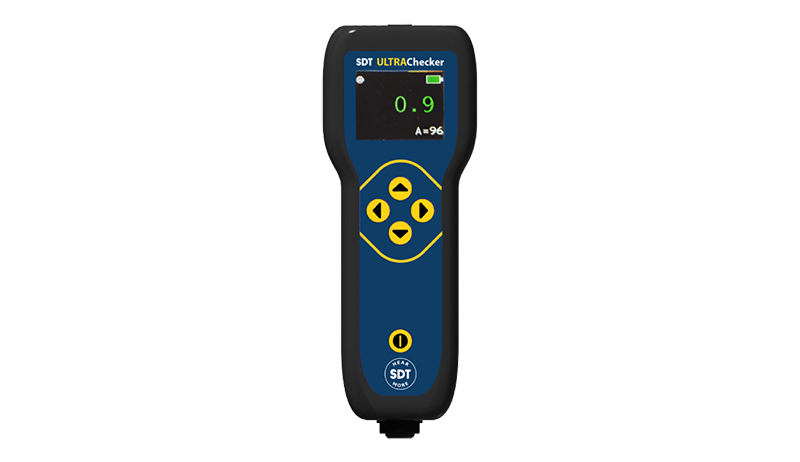



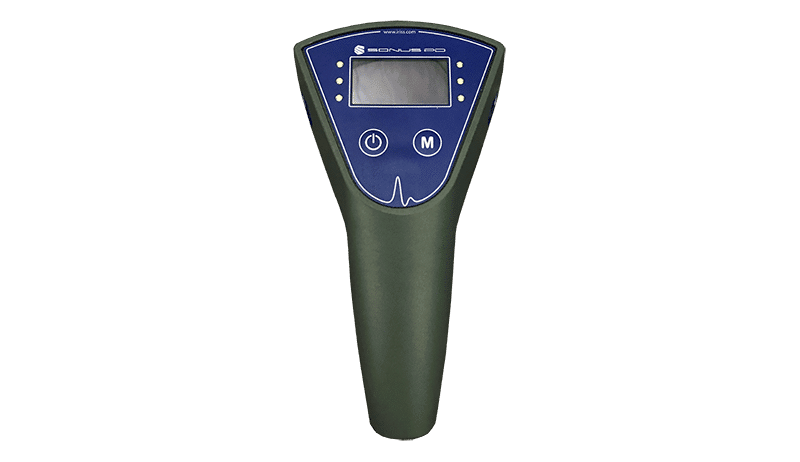
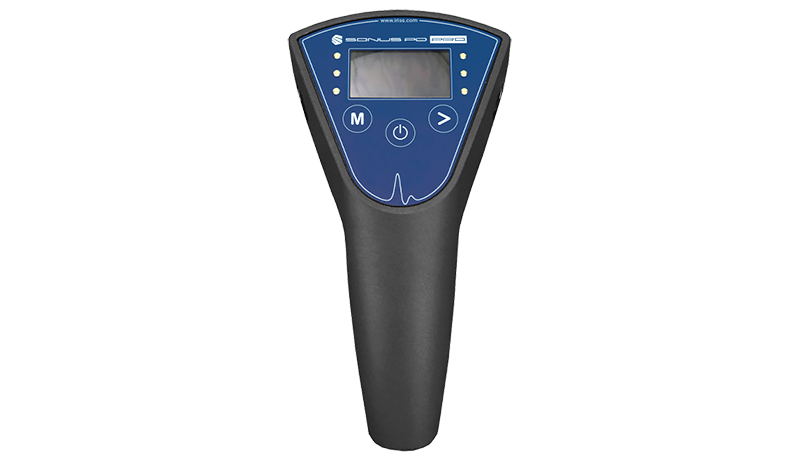

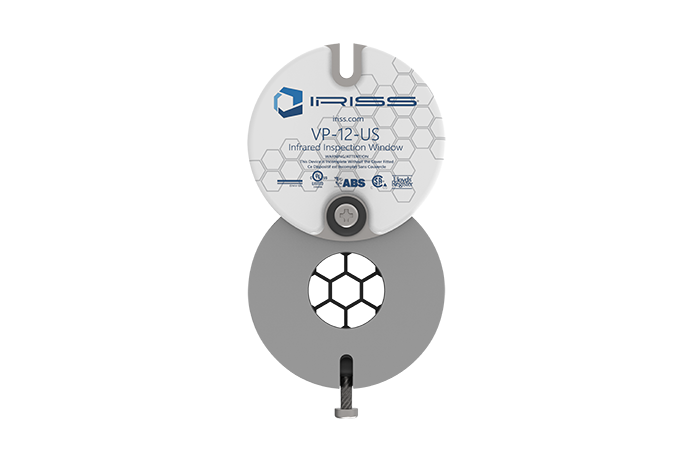

CAP-ENV-PDS Series
The Toughest and Most Reliable IR, Ultrasound & Partial Discharge Inspection Window
Starting at $ 449
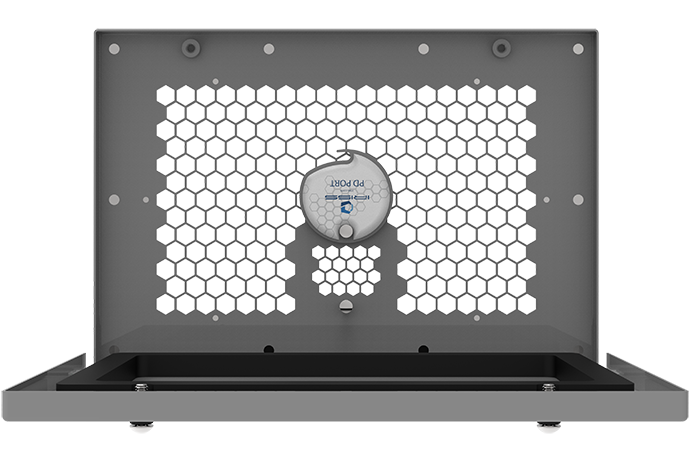
CAP-ENV-PD Series
The Toughest and Most Reliable Infrared and Ultrasound Window
Starting at $ 839
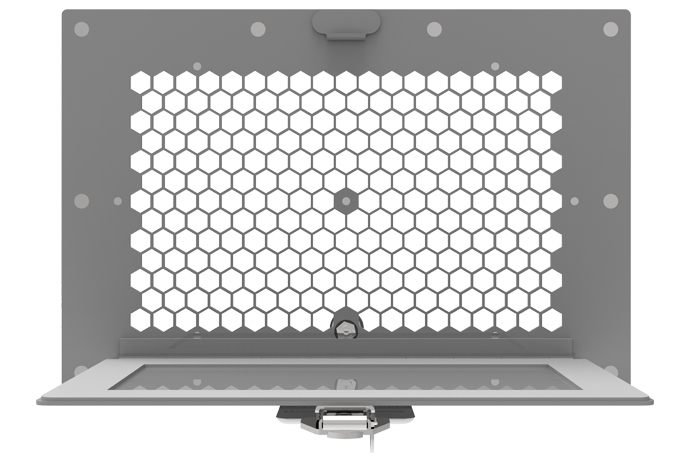
CAP-CT-PDS Series
The Most Versatile & Reliable IR, Ultrasound & Partial Discharge Inspection Window
Starting at $ 399